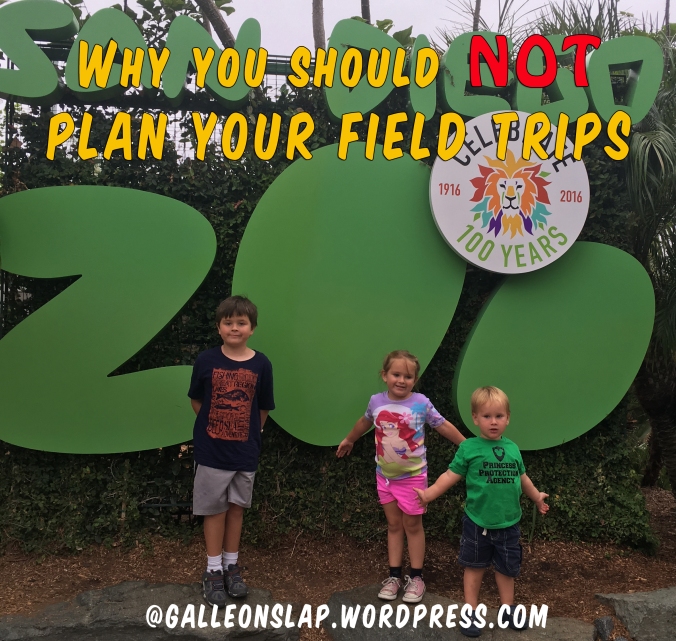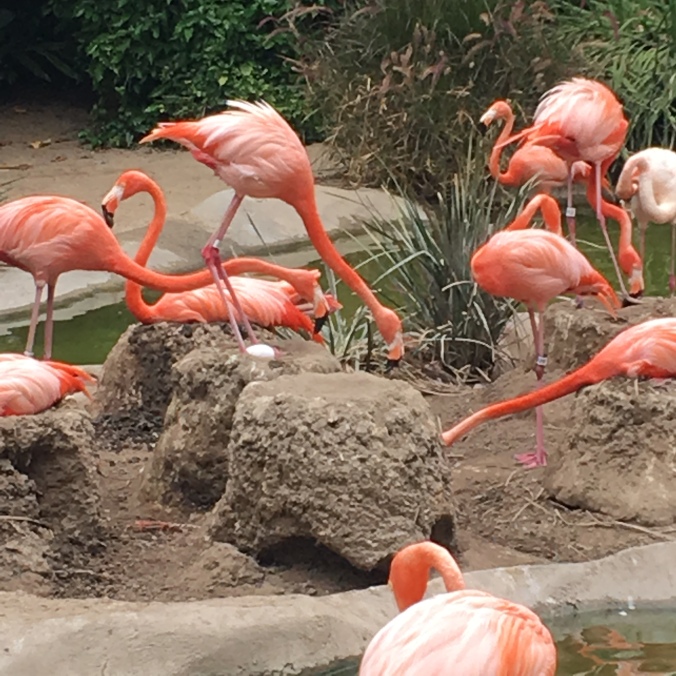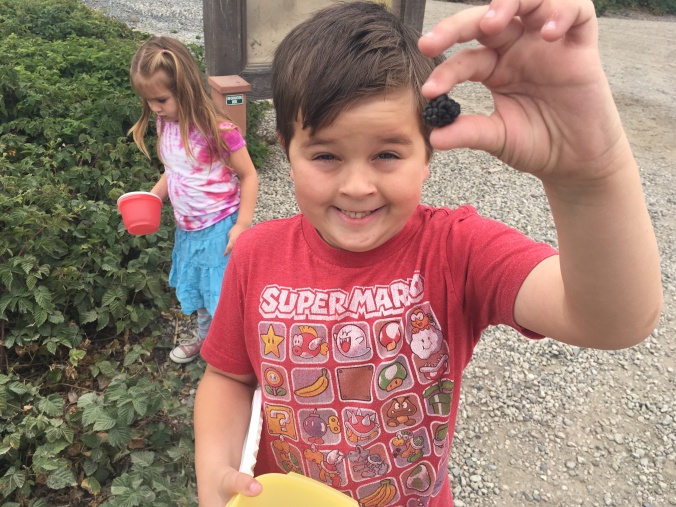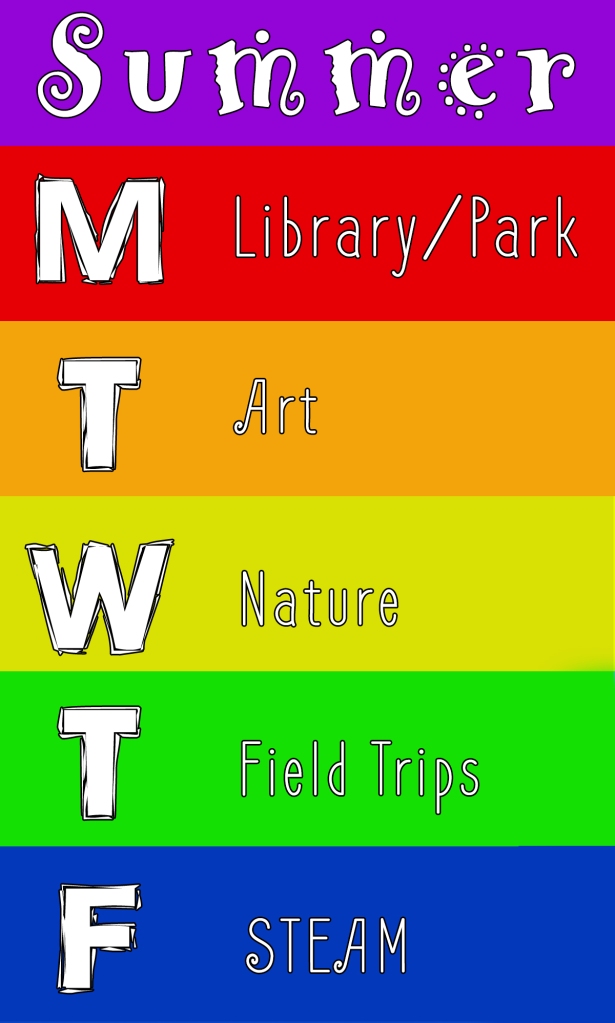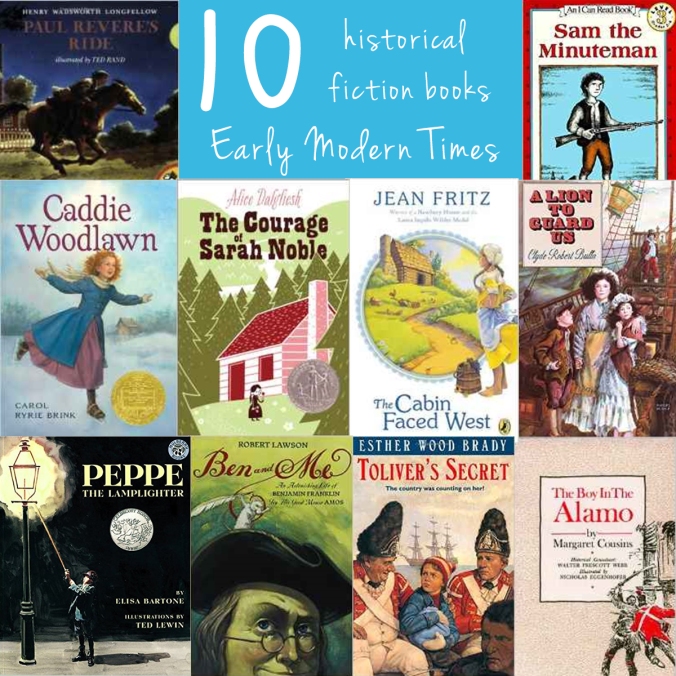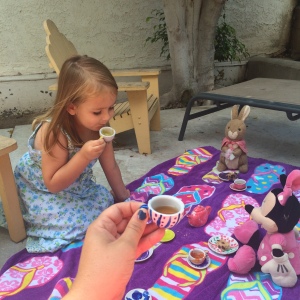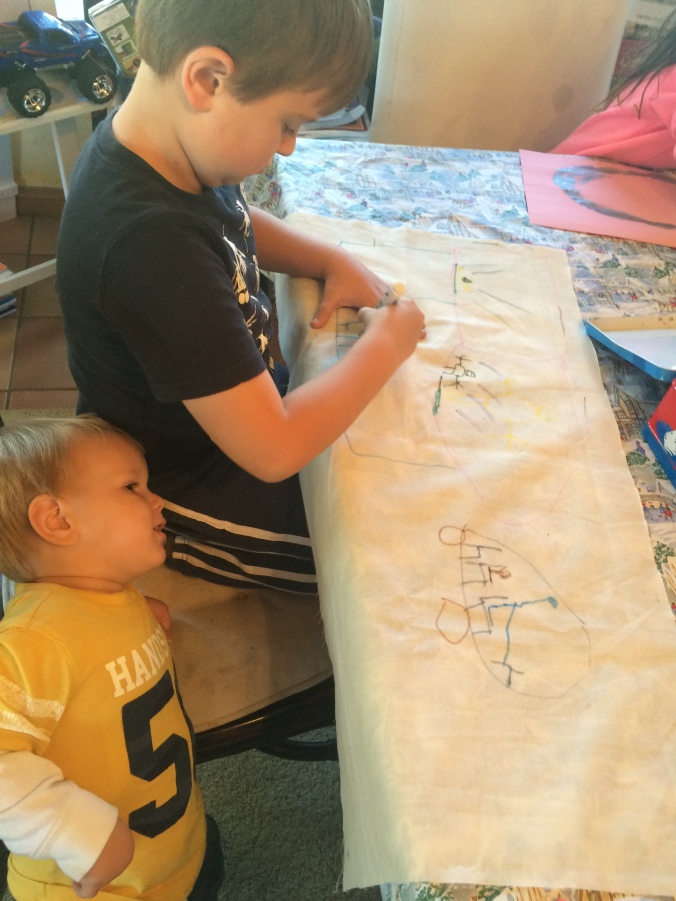The quest for the perfect planner is never ending. I’ve tried a lot, both online and off. Planners that came pre-printed, online planners, or planners that came with just a calendar. Nothing seemed to fit well. The last two years I ended up with a 3-ring binder of weekly assignments to get done that I highlighted as we completed them. This worked well except it was a large binder, I had no idea how I was going to do the same system with two kids starting next year, and it was completely separate from all my other plans. I needed something that included everything, could adapt to eventually three children, and would fit in my purse.
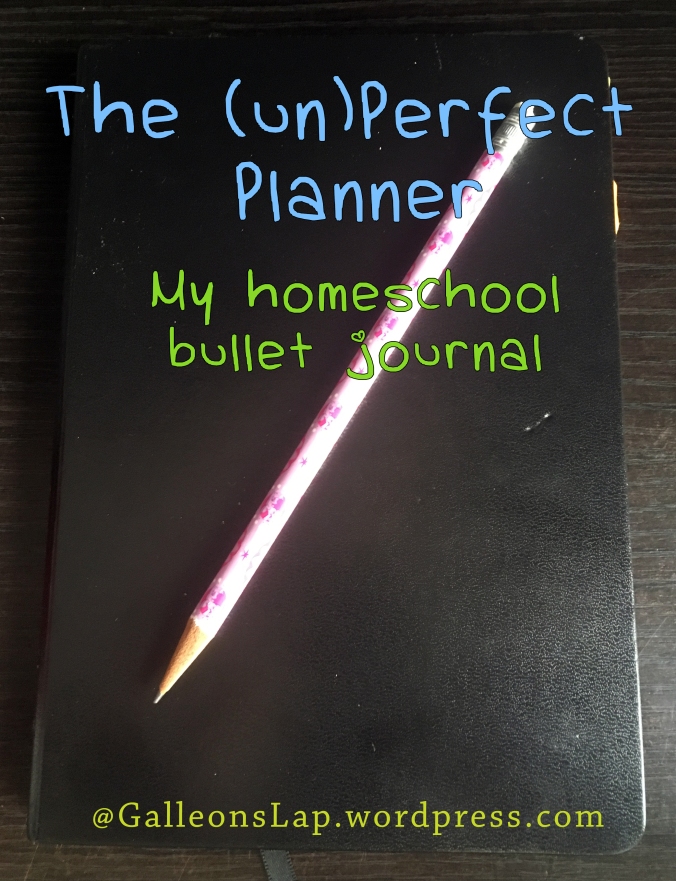
That’s when I discovered bullet journaling. Actually, I discovered bullet journaling the end of last year. It was perfect for my weekly to do lists and even helped me plan out our trip to Disney World! It is exactly what I need, when I need it. Weekly lists, to read lists, reminders or questions I need to look up later, all right there ready to go. But since I was using my 3-ring binder, it didn’t include my homeschool planning.
That had to change. I wanted everything in one place. I still couldn’t figure out how to do a weekly planning together with my household weekly planning though. I joined a few different Facebook groups and stealing ideas from a few different layouts, I now have a brand new bullet journal all set up in time for summer! And hopefully, will work well for the coming school year.
Normally, a bullet journal isn’t divided into sections. That’s why an index is so important. But, I hated having to flip back and forth looking for things, so I made it work for me. I found stick it notes that have little page dividers on them and labeled them Week, Kids, Me, spaced within my book. In the very beginning, I set up my title page, index, key, and year ahead. I find this last one important in my homeschool planner to see right away where certain dates fall. I’ll go back and box out holidays. Notice, there are only two colors on these pages. Most of my pages are very minimal. And, I make mistakes and try to just move past them.
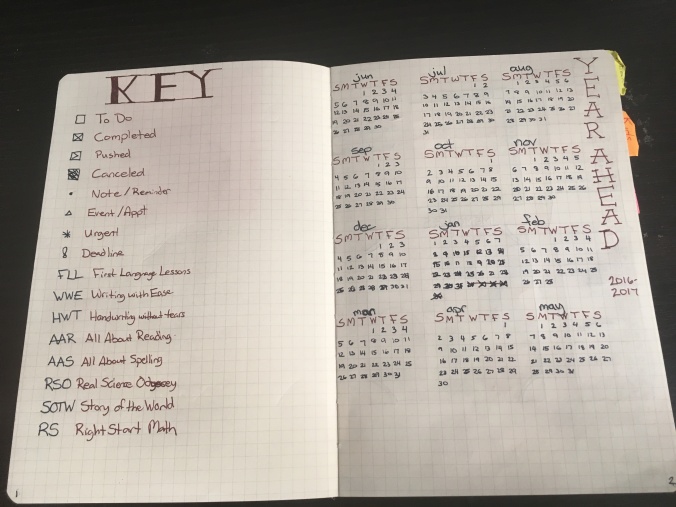
Directly behind my year ahead page is my monthly spreads. I created the barebones for each month all the way through next summer, August 2017. Currently, all of of my months only have the month at the top, empty boxes for Goals and Memories, and a calendar with days of the week and numbered. And thank goodness I did the months in advance as I watched my summer fill up quickly. This became a valuable tool I used almost daily as I logged appointments, summer camps, play dates, family visiting us or us visiting family. You don’t want to see what my July looks like! My favorite part of this is the memories box though. I love coloring little pictures about all the adventures we’ve be on this month. And my mediocre drawing skills can get some practice in both my memories, and the little cartoon I draw at the bottom of the page.
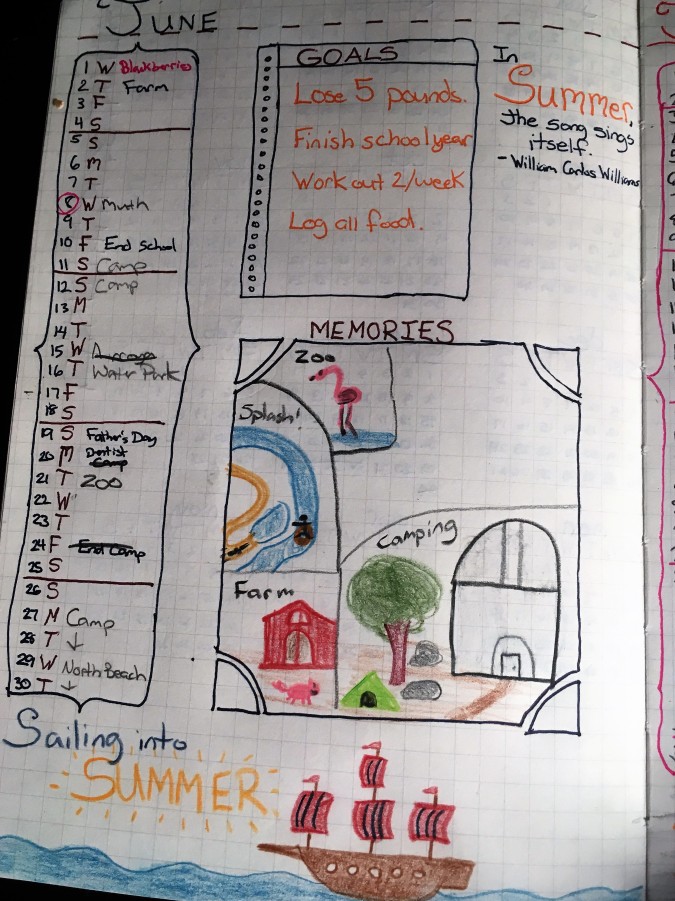
My first divider, Week, lays out my weekly spread. I started my bullet journal on the last week of normal school for us to see what it would look like with a schedule for two children. The first box my personal To Do each day which includes my own routines, classes for the kids, cub scout stuff, and any appointments or things I need to remember. The second column is for History. It’s the only subject I’m combing the kids in for next year so in the interest of not having to write it out twice, it has it’s own place. Little Miss asked to do math that last week so I was able to add a few things to her column. I wanted to make sure I had plenty of room for her TK year in the fall, which I know won’t be a problem now. And Greenbubbles school is, of course, a lot busier.

Like my old binder, I still highlight school items as we complete them. It’s an easy visual for me to see what’s been completed without having boxes filling up my page. You’ll notice a lot of lines aren’t highlighted and I just have to say, it was the last week of school, we had a meeting with his teacher on that last day followed by a camping trip that weekend. There was a lot going on. It will be easy enough to add them to a following week during the summer after our few weeks of break. Although Green Bubbles will only be working on the three r’s in the summer, I don’t want to slow to much out of our routine we’ve established.
The far right has the dates for the entire week, my meal planning for the week, any supplies needed or books for school, and notes at the bottom. I actually have no idea what to put in the notes section yet, but thought it would be handy.
I created a new weekly layout for next week I’m hoping will work better for summer. I combined school and summer into a simple ‘kids’ column. My notes section is much larger and will be used as my supplies/books page as well from the original school layout. Weather was added because we’re outside in it a lot during the summer and it’s good to look ahead to see if I want to change a trip to a cooler day that week and stay indoors, or at the pool on the hotter days. I ended up doing this for our zoo trip this week which worked out beautifully. Meal plans are still there, but larger. And my tracker at the bottom of the page to help me work on my own personal fitness goals.

Now onto the Kids tab of my book. This is where I plan to put any homeschooling / cub scout related pages I might need to keep track of. Currently, I have a reading list, a field trip idea page, and a list of names and payment information for a field trip I’ve already set up so I know right away who is going, how many, and who’s paid. This area is the smallest in my book and will fill up as the school year begins. If I run out of space, the pages will just blend into the next tab. Some pages have drawings and colors, others are just plain lists. If I have the time to make it pretty, I will, but there’s nothing wrong with just getting it on paper. It’s about function, not perfection.
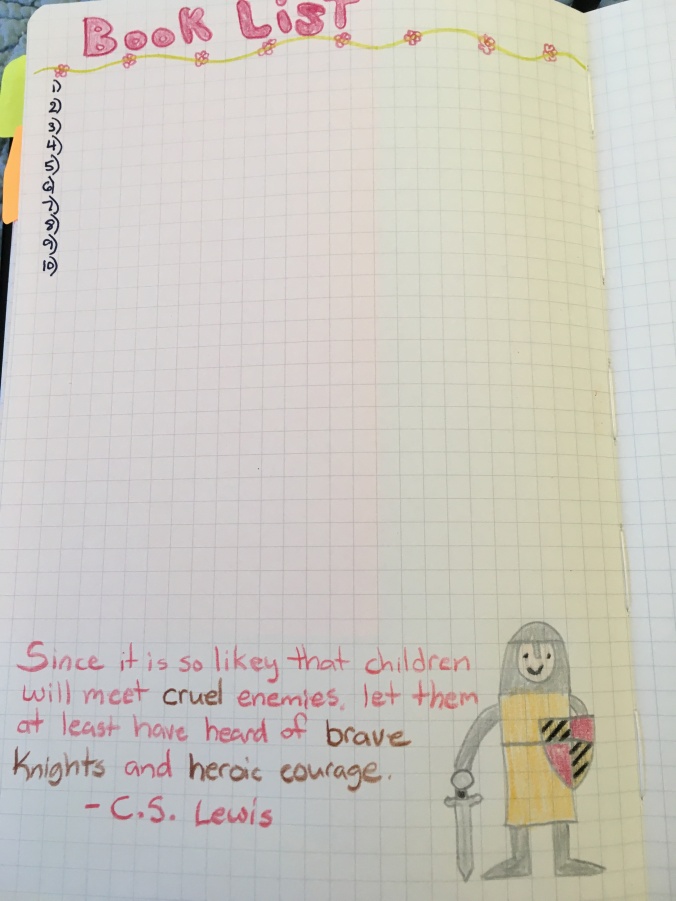
The Me tab of my book is just that, my personal space. It includes quotes from books that grab my attention, fitness trackers, goals, and more.

Hopefully this helps if you’ve been wondering about bullet journaling or even never heard of it before. It took me awhile before I felt like I really knew how to make it work for my family and our homeschool. Yours may look very different. Let me know what you use to plan out your day, both personal and for school.
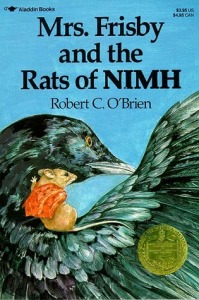
 It’s almost the new year and time for resolutions. I’m moving away from the lose weight, work out type resolutions, not that they aren’t important, but because they really need to be small changes over time to work and resolutions tend to be large and all at once. With that in mind, I’m going to join a large, over the top reading challenge that I will probably never complete. But that’s okay. The books will still be there after a year and it will push me to read more then I would otherwise.
It’s almost the new year and time for resolutions. I’m moving away from the lose weight, work out type resolutions, not that they aren’t important, but because they really need to be small changes over time to work and resolutions tend to be large and all at once. With that in mind, I’m going to join a large, over the top reading challenge that I will probably never complete. But that’s okay. The books will still be there after a year and it will push me to read more then I would otherwise.